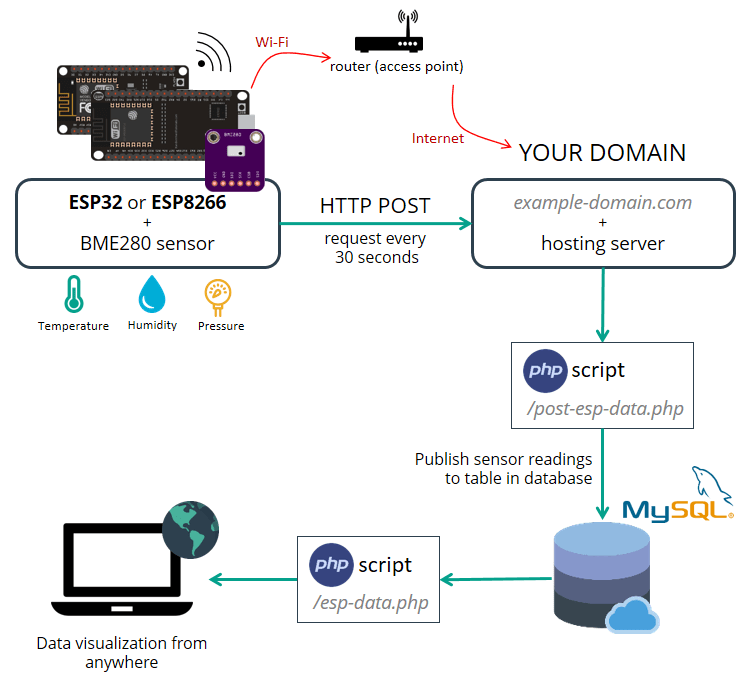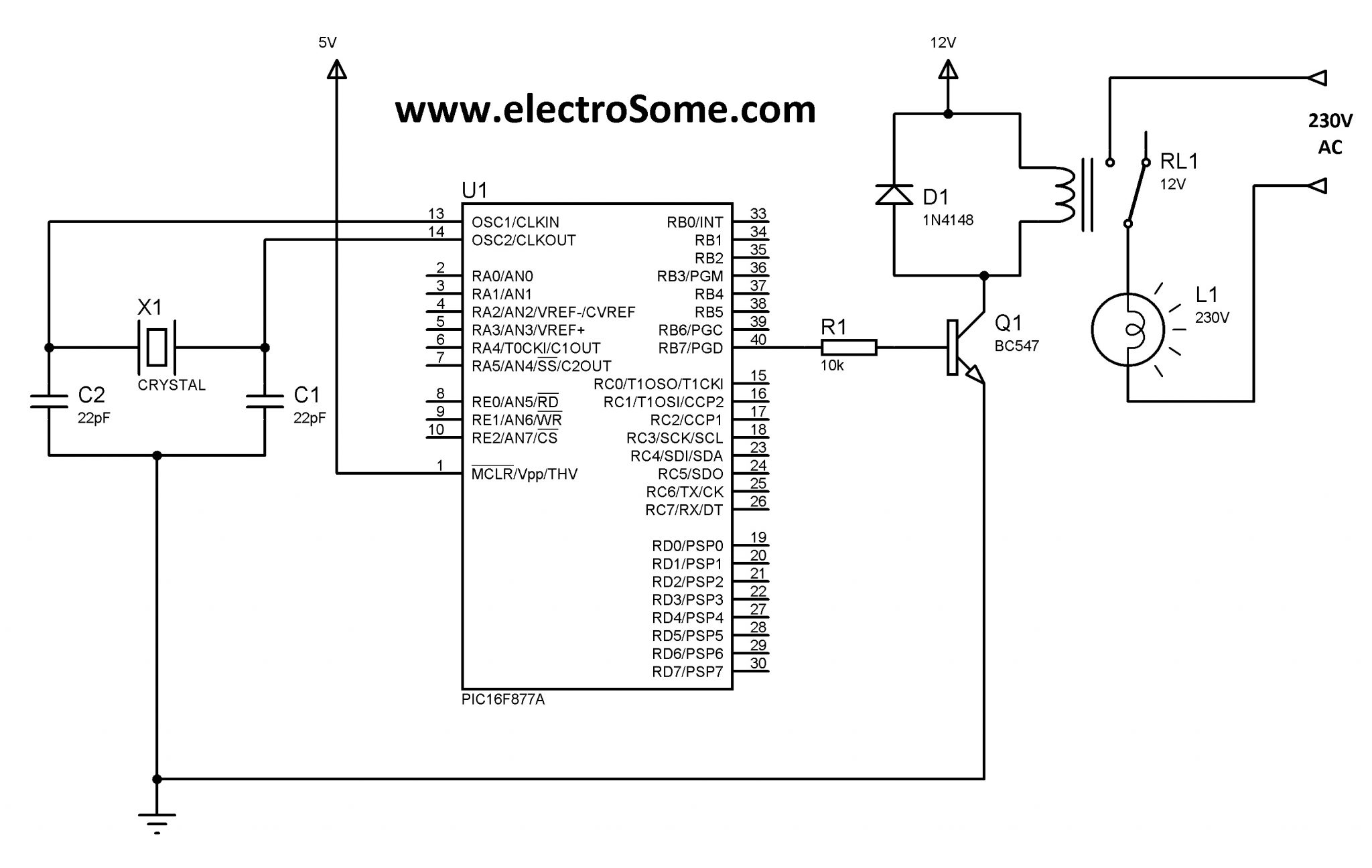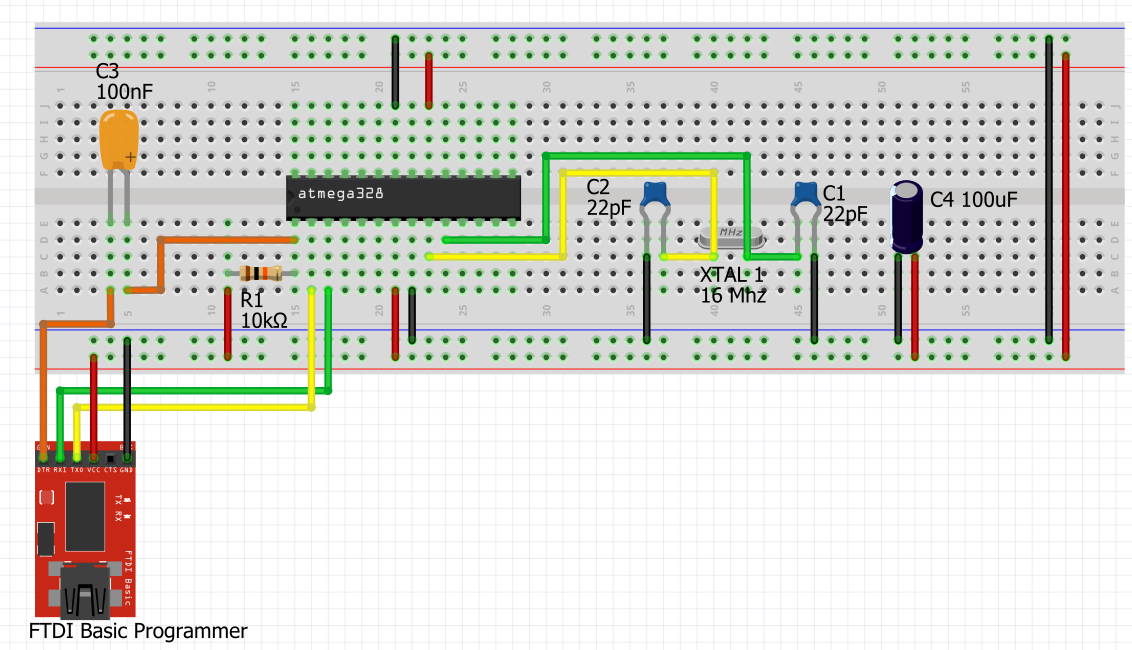How to implement real-time data logging with an ESP32?
Real-time data logging is a crucial aspect of many IoT projects, allowing you to collect, store, and analyze data as it is being generated. In this article, we will explore how to implement real-time data logging with the ESP32, a powerful microcontroller that is widely used for IoT applications.
1. What is an ESP32?
The ESP32 is a low-cost, low-power microcontroller that integrates Wi-Fi and Bluetooth connectivity, making it an ideal choice for IoT projects. It has a dual-core processor, which allows for high performance and efficient multitasking.
2. Setting up the ESP32 for real-time data logging
Before we can start logging real-time data with the ESP32, we need to set it up with the necessary software and libraries. You will need the Arduino IDE, which is the development environment for programming the ESP32. Follow these steps to set up your ESP32:
- Download and install the Arduino IDE from the official website.
- Open the Arduino IDE and navigate to
File > Preferences. - Enter
https://dl.espressif.com/dl/package_esp32_index.jsoninto the “Additional Boards Manager URLs” field. - Go to
Tools > Board > Boards Managerand search for “ESP32”. Install the ESP32 board manager. - Select your ESP32 board from
Tools > Boardmenu.
3. Real-time data logging with the ESP32
Now that your ESP32 is set up, we can start logging real-time data. There are several ways to accomplish this, but one common method is to use the ESP32’s built-in Wi-Fi connectivity to send data to a server or cloud service.
Here are the steps to implement real-time data logging with the ESP32:
- Connect your ESP32 to a Wi-Fi network using the
WiFi.begin()function. - Set up a server or cloud service to receive data from the ESP32. You can use platforms like ThingSpeak, AWS IoT, or Firebase for this purpose.
- Use the
HTTPClientlibrary to send data to the server at regular intervals. - Parse and analyze the data on the server to generate insights or trigger actions based on the data.
4. Benefits of real-time data logging with the ESP32
Implementing real-time data logging with the ESP32 has several benefits:
- Instant data access: You can monitor data as it is being generated, allowing for quick decision-making.
- Remote monitoring: You can access and analyze data from anywhere in the world, as long as you have an internet connection.
- Data analysis: Real-time data logging enables you to perform real-time analytics and generate actionable insights.
5. Conclusion
In conclusion, real-time data logging is a powerful feature that can enhance the functionality of your IoT projects. By implementing real-time data logging with the ESP32, you can collect, store, and analyze data in real-time, enabling you to make informed decisions and take actions based on the data. With the ESP32’s built-in Wi-Fi connectivity and powerful capabilities, it is easy to set up and start logging real-time data for your IoT applications.
How to implement real-time data logging with an ESP32?
Real-time data logging is a crucial aspect of many IoT projects, allowing you to collect, store, and analyze data as it is being generated. In this article, we will explore how to implement real-time data logging with the ESP32, a powerful microcontroller that is widely used for IoT applications.
1. What is an ESP32?
The ESP32 is a low-cost, low-power microcontroller that integrates Wi-Fi and Bluetooth connectivity, making it an ideal choice for IoT projects. It has a dual-core processor, which allows for high performance and efficient multitasking.
2. Setting up the ESP32 for real-time data logging
Before we can start logging real-time data with the ESP32, we need to set it up with the necessary software and libraries. You will need the Arduino IDE, which is the development environment for programming the ESP32. Follow these steps to set up your ESP32:
- Download and install the Arduino IDE from the official website.
- Open the Arduino IDE and navigate to
File > Preferences. - Enter
https://dl.espressif.com/dl/package_esp32_index.jsoninto the “Additional Boards Manager URLs” field. - Go to
Tools > Board > Boards Managerand search for “ESP32”. Install the ESP32 board manager. - Select your ESP32 board from
Tools > Boardmenu.
3. Real-time data logging with the ESP32
Now that your ESP32 is set up, we can start logging real-time data. There are several ways to accomplish this, but one common method is to use the ESP32’s built-in Wi-Fi connectivity to send data to a server or cloud service.
Here are the steps to implement real-time data logging with the ESP32:
- Connect your ESP32 to a Wi-Fi network using the
WiFi.begin()function. - Set up a server or cloud service to receive data from the ESP32. You can use platforms like ThingSpeak, AWS IoT, or Firebase for this purpose.
- Use the
HTTPClientlibrary to send data to the server at regular intervals. - Parse and analyze the data on the server to generate insights or trigger actions based on the data.
4. Benefits of real-time data logging with the ESP32
Implementing real-time data logging with the ESP32 has several benefits:
- Instant data access: You can monitor data as it is being generated, allowing for quick decision-making.
- Remote monitoring: You can access and analyze data from anywhere in the world, as long as you have an internet connection.
- Data analysis: Real-time data logging enables you to perform real-time analytics and generate actionable insights.
5. Conclusion
In conclusion, real-time data logging is a powerful feature that can enhance the functionality of your IoT projects. By implementing real-time data logging with the ESP32, you can collect, store, and analyze data in real-time, enabling you to make informed decisions and take actions based on the data. With the ESP32’s built-in Wi-Fi connectivity and powerful capabilities, it is easy to set up and start logging real-time data for your IoT applications.



